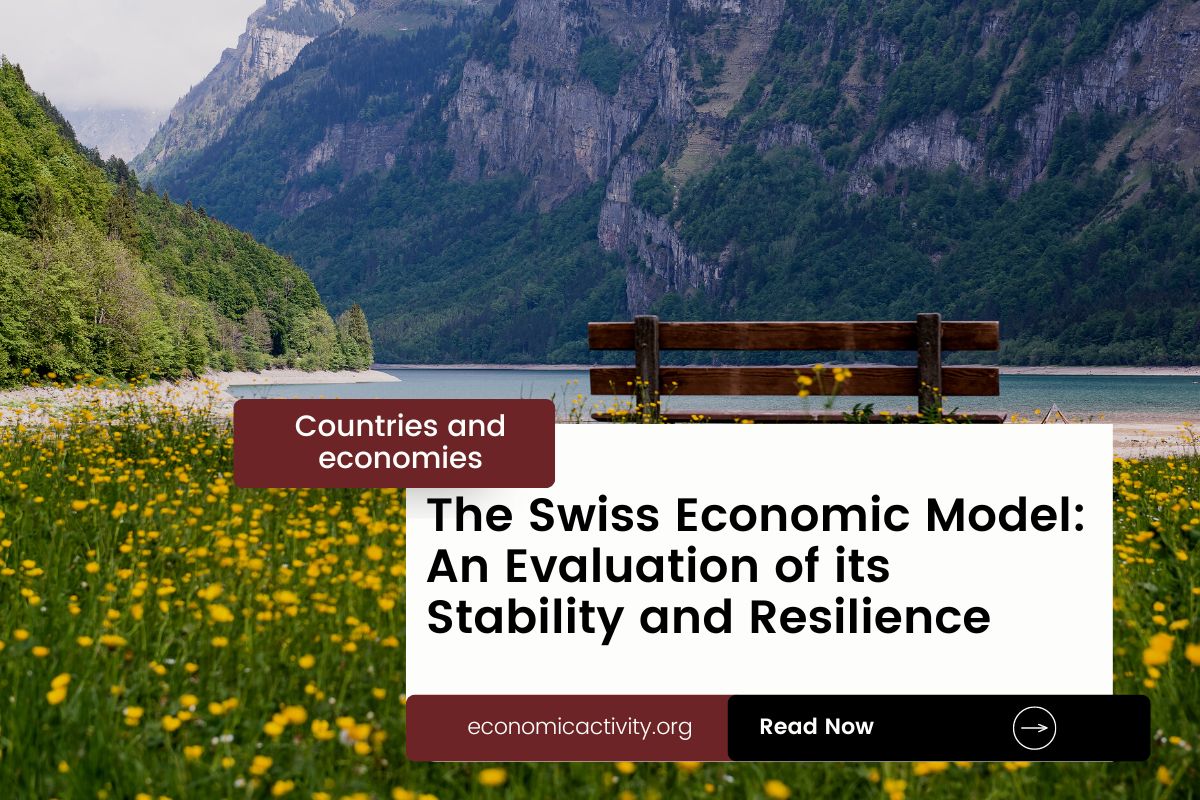What is the economic system of Switzerland? The economy of Switzerland is based on a mixed economy, that resembles a market economy. The country’s economic system combines elements of a market economy and a planned economy, individuals are free to work, produce, consume, and invest in any way they please.
Switzerland has a highly developed and diverse economy, known for its strong finance, pharmaceuticals, machinery, and manufacturing sectors. It is home to numerous multinational corporations and is a global leader in the banking and luxury goods industries.
In Switzerland, the economy is composed of a private sector, consisting of individuals and businesses that make autonomous decisions based on self-interest, and a public sector, where the state determines the production and distribution of certain goods and services. No country is purely capitalist or purely communist.
What do the freedom indexes tell about the economic system of Switzerland?
Now, to determine if a country is mostly a market economy or a planned economy, it is useful to examine some economic indexes. For instance, according to the 2022 Index of Economic Freedom, which measures the ability of every human to control his own labor and property, Switzerland is ranked 2nd globally and 1st in Europe indicating that the country has an extremely free economy.
In a similar way, the 2022 Freedom House index evaluates the state of political rights and civil liberties globally. Generally, market economies tend to align more with democracy and freedom, while command economies tend to be characterized by greater state control and fewer democratic and civil liberty protections. Switzerland gets a score of 96/100, which qualifies it as Free.
Switzerland is a country where the government does not control what people do for political reasons, and people have the freedom to choose (what, how much, and how to produce, whether to buy or not, selling price, etc.)
The Link Between Public Sector Employment and the Economic System of Switzerland
An indicator of the extent to which the State is involved in the economy is the number of public sector employees. In Switzerland, according to ILOSTAT, the number of public sector employees as a percentage of the total workforce is 16.0% (2021).
In the country, the public sector tends to be small and efficient. As a result, the number of public sector employees as a percentage of the total workforce is low compared to other countries.
What do the biggest companies in Switzerland say about the country’s economic system?
The biggest company in Switzerland should also be looked at, as well as whether it is a state-owned or private company. In this case, Nestlé is the world’s largest food and beverage company, providing nutrition, health, and wellness products. The company is publicly traded and listed on the SIX Swiss Exchange in Switzerland. It is owned by private shareholders. It shows how the biggest companies in the country are owned by private investors.
More: Top 10 Biggest companies by revenue in Switzerland
The historical factors that have influenced the economic system of Switzerland
The current mixed economy system of Switzerland is the result of a combination of factors, including the country’s strong economic growth, its commitment to free trade, its low taxes, and its open labor market.
Additionally, the country’s strong social safety net, its well-developed infrastructure, and its highly educated workforce have all contributed to its success. Switzerland shows the potential of a market economy combined with a strong safety net.





Leave a Reply